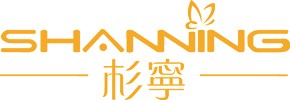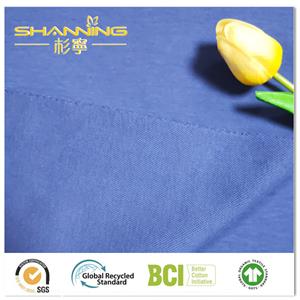What will be the textile and garment industry trends in 2024
The global economic slowdown, inflation, and escalating armed conflicts worldwide have left their mark on all sectors of the textile industry. For Baltic textile enterprises, the global crisis can present both new challenges and unforeseen opportunities. So, here are four key observations that will dictate global textile trends in 2024.
Shifting Market to the East
The textile industry worldwide has been experiencing a crisis for several years. When visiting major European and global exhibitions, you cannot deny the fact that production is gradually shifting from Europe to Asia. For instance, India and Pakistan now offer a wide selection of fabrics, ornaments, and decor that, in terms of quality and variety, have reached European standards. This means that a lot of companies would consider alternative supplier options. Simply because they could get a high quality for a good price.

However, considering potential complications in logistics due to coronavirus restrictions in China and the tense situation in the Red Sea, European manufacturers have significant chances to replace suppliers from Asia and foster beneficial partnerships in Europe.
Here’s an example. In recent years, TK-Domashniy Tekstyl has strategically expanded its market presence outside of Ukraine, fostering partnerships with key European countries. This strategic move has resulted in mutual advantages: our partners have optimized their supply chains, enjoying access to top-quality products and services on a very good terms. At the same time, we have a constant flow of orders and ability to grow our production volumes.
Energy Crisis Increases Demand for Warm Materials
Conditions of the global energy crisis and rising heating costs make warm home textiles particularly relevant. There is an increased demand for woolen products such as blankets, quilts, and carpets, serving as additional sources of warmth and comfort.
This fact presents a great opportunity for wool producers, as the trend towards using natural materials and insulating homes is expected to grow even more in the coming years.
Natural Colors and Fabrics
The macro trend towards authenticity and naturality has been observed for a long time in all spheres: skincare, beauty, fashion, and even architecture and design. For home textiles, this is manifested through an increased demand for natural colors and textures reflecting the elements of nature. The use of materials such as eucalyptus (Tencel), hemp, and linen becomes popular due to their natural breathable texture. Therefore, adding new shades and variations that mimic natural elements will be a successful strategy in textile collections.
Embroidery and Ethnic Ornaments
Embroidery and ethnic motives are actively used in latest collections of home decor and textiles. These elements symbolize a connection to traditions, making them a powerful trend. Moreover, the value of handmade work is preserved. So, collaborations with local artists and niche brands can have a very good potential.
What to Expect in 2024?
The global crisis may create some growth opportunities for the local market, as in-house producers may fill in the niche that was usually occupied by big manufacturers. Plus, the geography is shifting to the East. So, we will see more interesting collections and choices from Indian and Pakistani textile companies. Plus, in comparison with European brands, they would offer better partnership conditions: cheaper prices, flexibility, etc.
Authenticity, natural colors and structures will also dictate the textile industry. To keep up with the market demand, it’s important to implement these trends into your product strategy.
Yes, 2024 will be challenging for the industry, as it still needs to adjust to the realities of war, protect businesses from colossal risks, and constantly seek new opportunities for development. However, the direction is clear, and this is already a significant contribution to the outcome!




